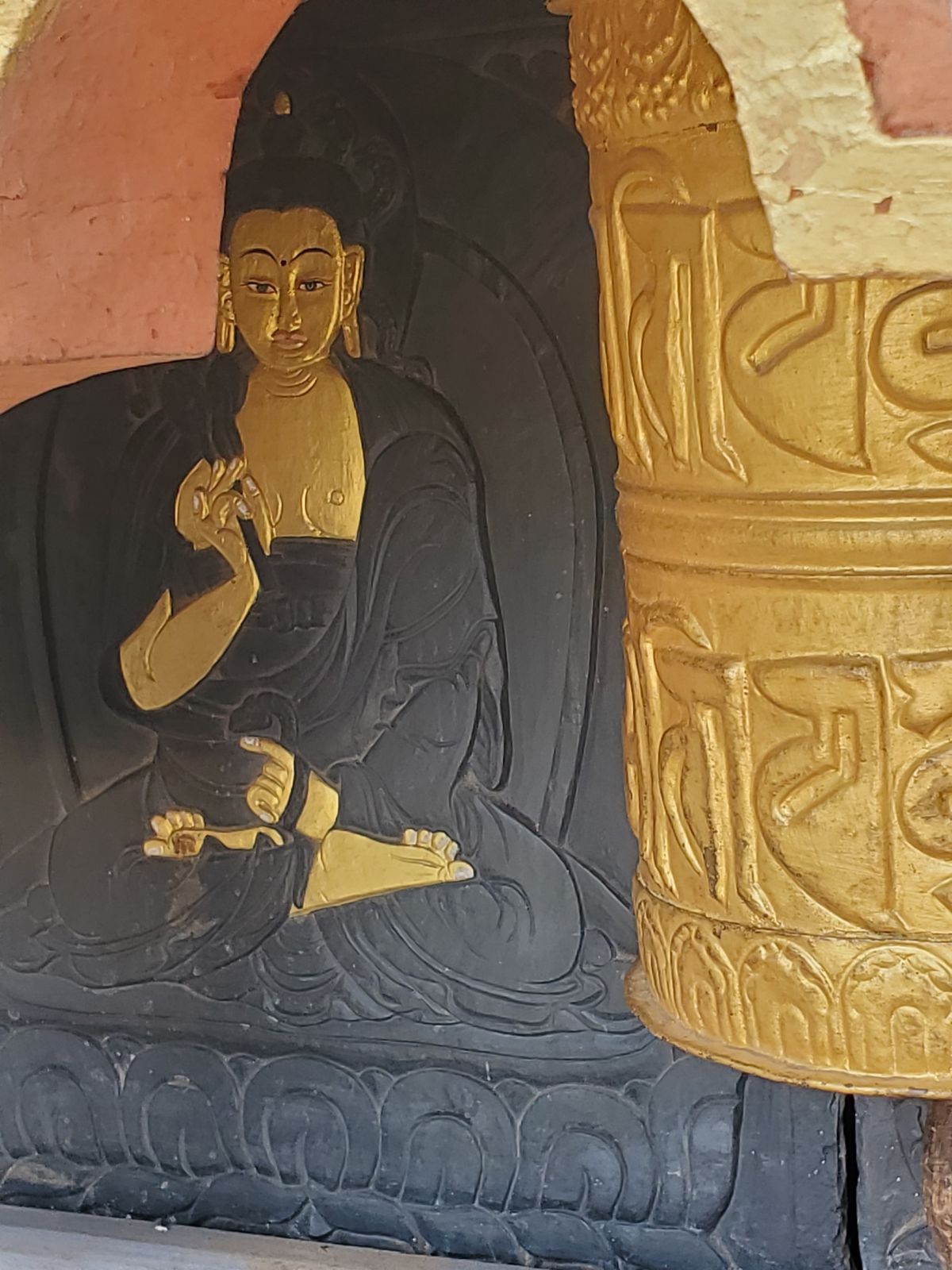About
In general Buddhism is associated with serenity, peace, and beauty, and Bhutan's Chimi Lhakhang monastery is no different, it just has a lot more penises.
Also known as the "Fertility Temple," the single building site was originally built in 1499 on a short hill that had been blessed by rogue Buddhist leader Drukpa Kunley, known as the "Divine Madman." Drupa Kunley, also known as "The Saint of 5,000 Women" worked overtime to spread enlightenment through an active sex life. He was known to live a truly bacchanal lifestyle full of wine, women, and poetry. He is also credited with bringing Buddhism to Bhutan, hence the common phallic imagery found throughout the country. The phallus became Drupa Kunley's symbol, signaling both fertility and the power to bring enlightenment to those who... learned from its teachings. Because of this, his penis as a symbol is sometimes known as the "Thunderbolt of Flaming Wisdom."
Drupa Kunley's mad antics were a statement on the stuffiness of the Buddhist leaders at the time, but his exploits seemed to strike a chord with the locals, and illustrations of penises became a more common sight, said to be able to ward off evil spirits. This came from the legends that Drupa Kunley could bop demons on the head with his thunderbolt and turn them into protective spirits.
In modern Bhutan, use of the penis as a symbol is frowned upon, as it might be any place in the world where wearing pants is the norm. But at Chimi Lhakang, the penises still adorn the walls of the nearby buildings, and wooden phalluses are still kept by the monks, used to bless women that seek to be blessed with children. Visitors from all over the world still travel to the monastery for a blessing of fertility.
Related Tags
Festivals & Temples of Bhutan
Festivals, astrology, and epic landscapes in Bhutan.
Book NowCommunity Contributors
Added By
Published
October 22, 2015

































